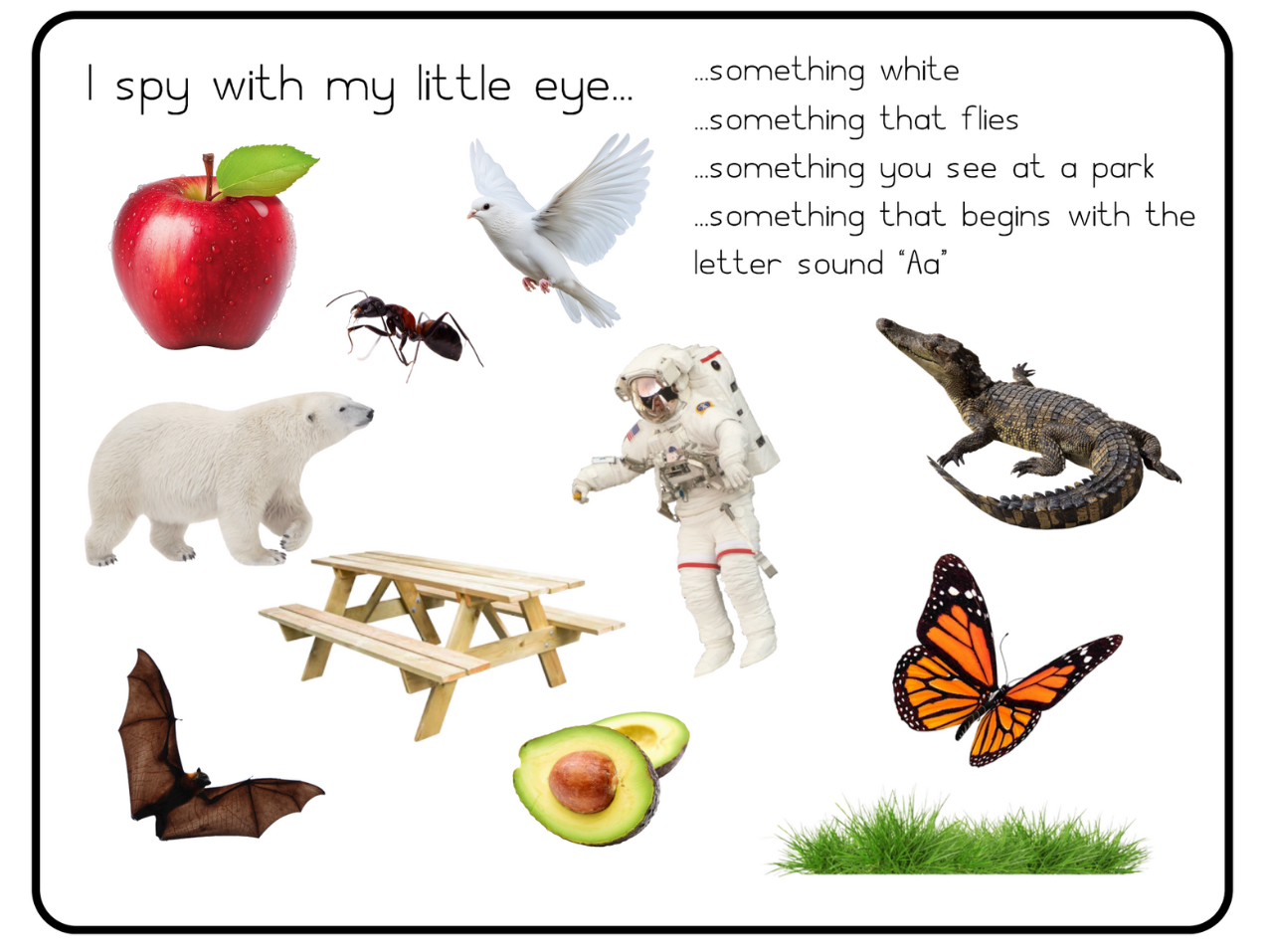Menu
-
-
Shop Holiday Items
-
Shop Gifts By Age
- Gifts For a 0-6 Month Old
- Gifts For A 6-12 Month Old
- Gifts For A One Year Old
- Gifts For A Two Year Old
- Gifts For A Three Year Old
- Gifts For A Four Year Old
- Gifts For A Five Year Old
- Gifts For A Six Year Old
- Gifts For A Seven Year Old
- Gifts For An Eight Year Old
- Gifts For A Nine Year Old
- Gifts For A Ten Year Old
-
Shop Gifts By Budget
- New Arrivals
-
Toys
- Large Active Toys
- Animal Toys
- Arts & Crafts
- Award-Winning Toys
- Bath Toys
- Birthday Wishlists
- Building Toys
- Cars, Trains, & Trucks
- Games
- Instruments
- Loose Parts Play
- Loot Bag Toys
- Made in Canada
- Outdoor Toys
- Pretend Play
- Puzzles
- Sensory And Fidget Toys
- Sensory Bin Tools & Fillers
- STEM Toys & Activities
- Toronto-Themed Gifts
- Travel Toys
- Wooden Toys
- Waiting Room Toys & Furniture
-
Montessori Materials
- Montessori At-Home Program
-
Montessori Furniture
-
Bundles & Sales
-
Books
-
Shop By Age
-
Shop By Brand
- Brands A-F
- Brands G-L
-
Brands M-R
- MagicPlaybook
- Magna Tiles
- Make Believe Ideas
- Makedo
- Manhattan Toys
- Math for Love
- Milaniwood
- MindWare
- Mojo Toys
- Moluk
- Moulin Roty
- Native Northwest
- nic
- Nienhuis
- Ooly
- Opinel
- Ostheimer
- Papoose
- Peaceable Kingdom
- Plan Toys
- Plus-Plus
- Preschool Collection Watches and Timers
- Ravensburger Puzzles
- Real Life Pages
- Brands S-Z
-
- 866-901-4696
- Gift Registry
- Login


The easiest way to CRUSH a child's love of learning
2 min read
All children should NOT be learning:
- the exact same way
- on a set curriculum, solely based on age (i.e. you're 5 so you're ready to learn to read)
Doing this is a guaranteed way to turn a child's natural curiosity about the world and a passion for learning about it - into a painful chore.
What's so wonderful about Montessori is that it focuses on child-led learning - where a child's interests, curiosity, and pace guide the learning process.
And you can do this at home too, regardless of the school your child attends.
This is the ideal way to develop a lifelong passion for education and discovery.
Here's How To Take a Child-Led Learning Approach At Home
1. Activities Should Be Interest-Driven
Allow your child to do activities based on what naturally interests them. This could be anything from learning about colours to cars to preparing food.
Adapt the learning environment to explore these interests in-depth, supporting their natural curiosity.
You can also use your child’s interests to pique their interest with other types of activities. For example, if your child is interested in vehicles, use cars to teach colour-recognition, patterns, counting, enrich vocabulary (learning names of cars), etc.
2. Move at a Flexible Pace
Allow your child to take their time with a concept or activity, moving on only when they are ready.
In a Montessori classroom, materials are not rotated off of the shelf until the teachers are certain that the children have gotten everything they can out of the activity, usually observed by children no longer choosing the activity.
3. Give Autonomy and Choice When Possible
Give your child the freedom to make decisions about what, how, and when to learn. This fosters a sense of ownership and responsibility for their learning journey.
4. Experiential Learning
Put an emphasis on hands-on experiences and real-world exploration. This helps solidify concepts and ideas through active engagement. This is a core aspect of the Montessori philosophy.
What are the benefits of child-led learning?
- Develops Intrinsic Motivation: When children are allowed to pursue their own interests, they are more motivated to learn. This intrinsic motivation leads to deeper engagement and a stronger commitment to the learning process.
- Development of Critical Thinking and Problem-Solving Skills: As children explore topics that interest them, they naturally encounter challenges that require them to think critically and solve problems, fostering cognitive development.
- Builds Confidence and Independence: Making choices and directing their own learning helps children develop a sense of agency, boosting their confidence and fostering independence.
- Enhances Emotional and Social Development: A child-led approach helps children to feel seen by their parents (consider how it felt when you were a kid and your parents ignored your hobbies or interests). When a child feels seen by their parents, caregivers and teachers, it builds their self-esteem, emotional security, and confidence.
Join Our Montessori Community
Sign up to get weekly activities, free printables, Montessori parenting guidance, and so much more.
Plus, get $10 off your first order of $100+.
Like this article? Get new articles, weekly activities, free printables, Montessori parenting guidance, and so much more.
One mom recently shared:
"Your newsletter is always SO great. It is one of the few I open and read weekly. You provide so much value. Thank you!"


